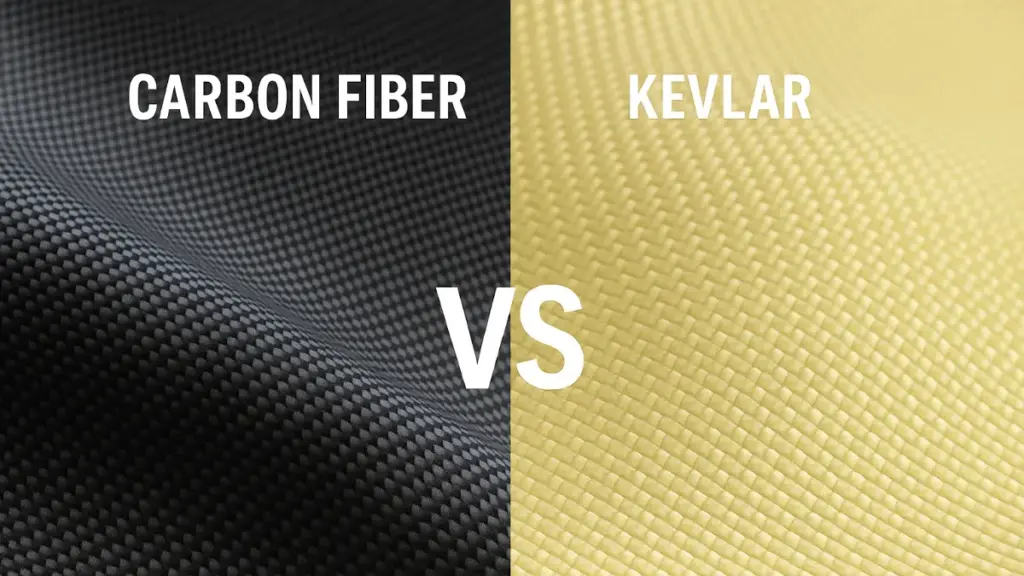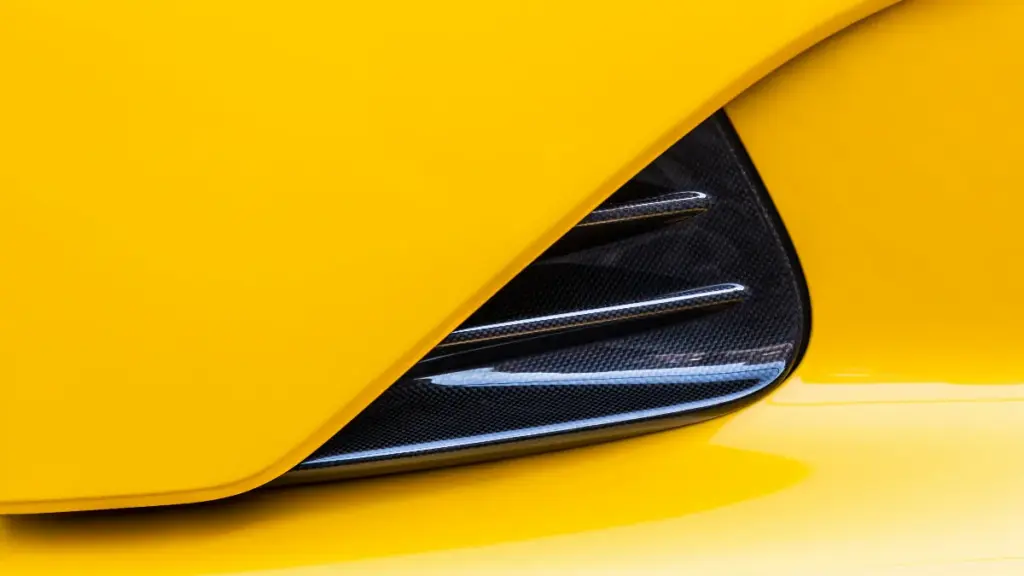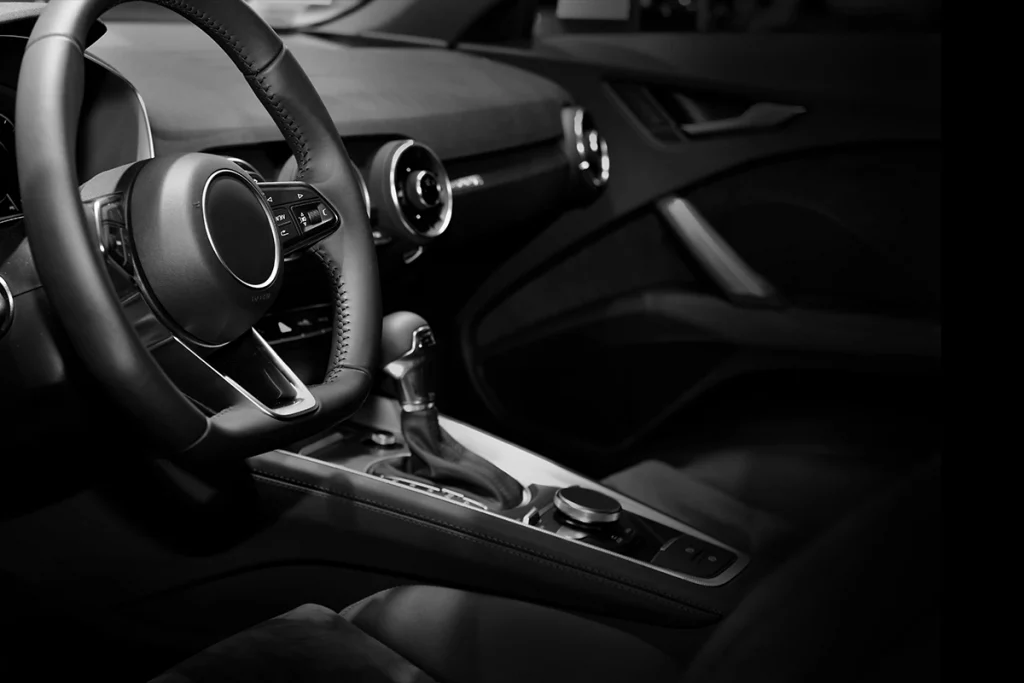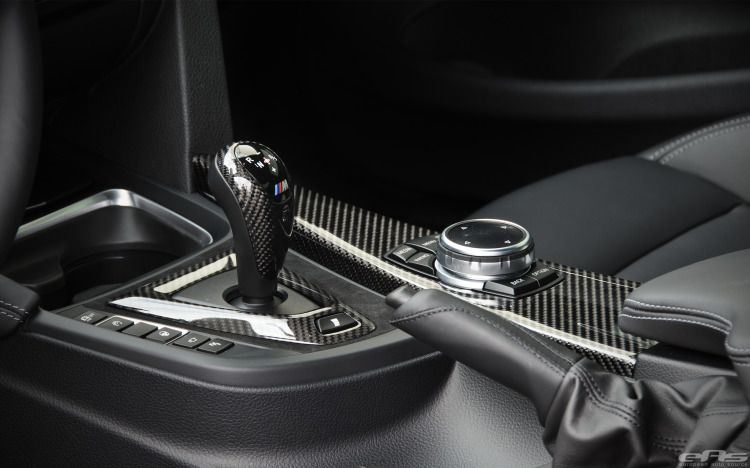
source: pinterest
The automotive industry is increasingly turning to carbon fiber for its exceptional strength-to-weight ratio, driving a trend toward lighter, stronger car parts. As demand for high-performance and visually striking vehicles grows, understanding the materials used in production has become more important.
Carbon fiber is a lightweight, high-strength material used in various car parts. Common carbon fiber weave patterns include plain weave, twill weave, and satin weave. Plain weave is basic and cost-effective, while twill weave offers enhanced strength and durability. Satin weave is known for its glossy finish and aesthetic appeal.
This article will dive into these different carbon fiber weave types, exploring their characteristics, applications in car parts, and how they impact the performance and appearance of automotive components.
Common Carbon Fiber Weave Types
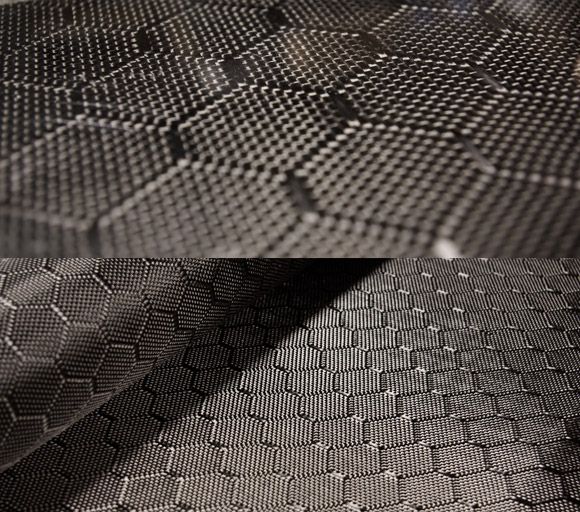
source: pinterest
Carbon fiber manufacturers use a variety of weave patterns to create car parts. The most common patterns include the plain weave, twill weave, and satin weave.
Plain Weave
The plain weave (1×1 weave) is the simplest carbon fiber pattern, where fibers are arranged in a checkerboard-like configuration through an under/over motion. This tight weave creates a stable and durable fabric but lacks the flexibility needed for curved surfaces.
While not as strong or stiff as more complex weaves, it is lightweight, cost-effective, and easy to handle, making it ideal for applications where strength is not a primary concern.
Common Uses of Plain Weave Carbon Fiber:
- Automotive Parts: Seat backs, speaker grills, dashboard trim, and other cosmetic interior components.
- Consumer Goods: Phone cases, laptop shells, and sporting equipment (e.g., bicycle frames).
- Aerospace Components: Non-structural parts like cabin panels.
Twill Weave
The twill weave is a diagonal carbon fiber pattern used in carbon fiber manufacturing for its enhanced strength and performance. The diagonal fiber arrangement distributes forces more evenly, providing better stiffness and durability than plain weave carbon fiber, making it ideal for parts exposed to external stresses like impacts and high speeds. Despite its strength, the twill weave remains lightweight, making it suitable for automotive parts that require both strength and weight reduction, such as fenders and hoods.
While the twill weave excels in durability, it is less flexible than other carbon fiber weave types like plain weave, limiting its use in applications that require more flexibility. However, its balance of strength and weight makes it a popular choice in performance-oriented applications.
Common Uses of Twill Weave Carbon Fiber:
- Automotive Parts: Commonly used in hoods, fenders, spoilers, and engine covers, where additional strength, stiffness, and performance are critical.
- Racing and Sports Cars: Frequently found in racing and high-performance sports car components due to its enhanced strength-to-weight ratio and durability.
- Aerospace Components: Used in parts that need high resistance to external stresses without adding excessive weight.
Satin Weave
The satin weave is a flexible carbon fiber pattern recognized for its glossy finish and refined aesthetic appeal. It is created by weaving fibers in a way that results in longer floats between interlacing fibers, which reflects light in a unique, visually pleasing manner.
While it provides a sleek, luxurious appearance, it is more complex to produce, making it time-consuming and more expensive than other carbon fiber weave types like plain weave and twill weave.
Common Uses of Satin Weave Carbon Fiber:
- Interior Trim: Frequently used in interior trims, dashboard components, and console parts, where visual appeal is as important as functionality.
- Automotive & High-End Components: Often found in luxury car interior trims, side mirrors, and premium automotive parts.
- Luxury Goods: Used in high-end consumer products that require both elegance and durability.
Special Carbon Fiber Weave Patterns

Beyond the traditional weave patterns, carbon fiber manufacturers also utilize specialized techniques to achieve unique performance characteristics and aesthetic qualities.
Spread Tow Weave
The Spread Tow Weave is a carbon fiber pattern where individual tows (bundles of fibers) are spread out and woven in a flat arrangement. Unlike traditional weaves, which have a tight, crimped structure, the spread tow weave creates a broader, more uniform surface, improving the consistency of the material.
- Benefits: The spread tow weave allows for greater coverage with fewer fibers, reducing weight while maintaining strength. It also improves the material’s flatness and reduces fiber crimp, enhancing mechanical properties.
- Drawbacks: The complexity of the weaving process can make it more expensive and harder to manufacture compared to standard woven fabrics.
Best Cases:
- Aerospace components: Used for lightweight, high-strength parts.
- Automotive parts: Ideal for performance vehicles where weight reduction is key without compromising strength.
Braided Weave
Braided Weave refers to a carbon fiber pattern where the fibers are interlaced in a braided configuration, similar to traditional rope braiding. This pattern provides a unique 3D structure that enhances the material’s strength and flexibility, making it more suitable for curved or complex shapes.
- Benefits: The braided structure offers excellent tensile strength and flexibility, making it ideal for parts that need to be both strong and flexible.
- Drawbacks: It’s more difficult and expensive to manufacture compared to traditional weaves, and the finished product may not be as stiff as some other patterns.
Best Cases:
- Sports equipment: Used in high-performance items like bicycles, golf clubs, and tennis rackets.
- Automotive components: Suitable for parts that require flexibility and strength, like drive shafts and suspension components.
Forged Carbon Fiber
Forged Carbon Fiber is a composite material where short carbon fibers are randomly oriented and bonded together with resin, creating a solid part that mimics the appearance and performance of traditional woven carbon fiber. The material is formed using heat and pressure, resulting in a unique appearance and increased strength in certain applications.
- Benefits: Forged carbon fiber offers excellent strength-to-weight ratio and can be molded into complex shapes, making it ideal for parts with intricate geometries.
- Drawbacks: The process can be more costly, and it is less predictable in terms of fiber alignment, which can affect its performance in certain directions.
Best Cases:
- Automotive industry: Used in high-performance car parts like interior trim, engine components, and structural parts.
- Luxury goods: Ideal for premium products where both aesthetics and strength are desired.
Combination Weave Patterns
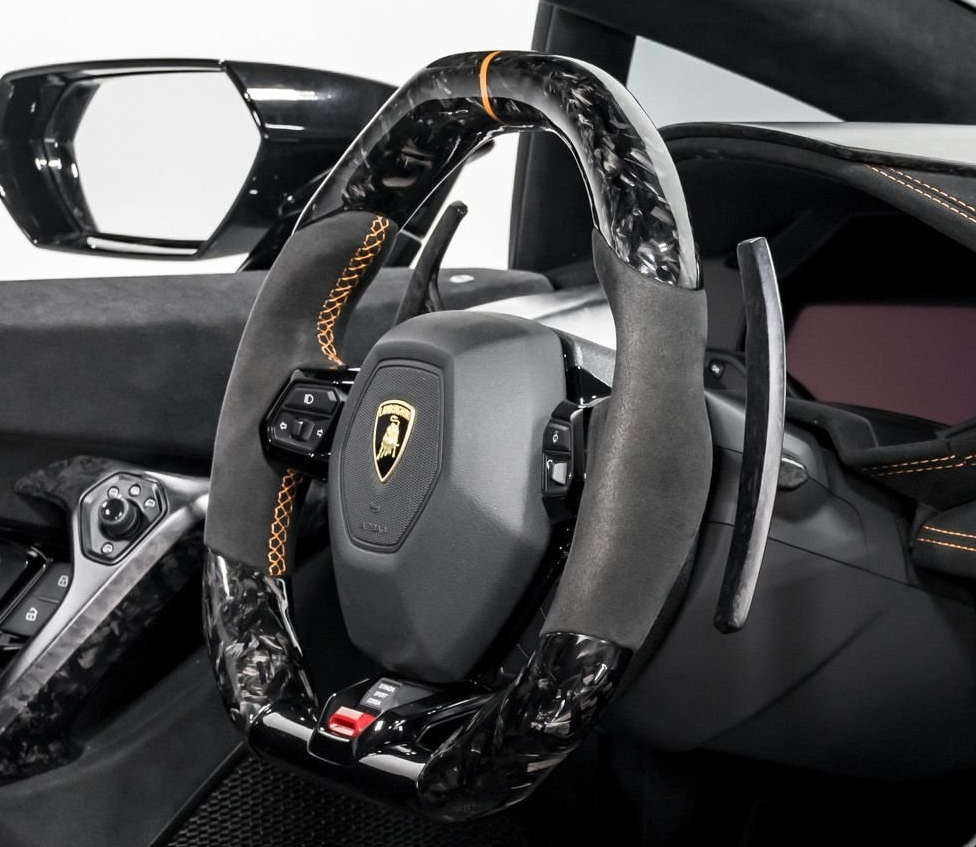
source: pinterest
Combining different weave patterns within a single car part is a common practice in carbon fiber manufacturing. By utilizing different patterns in different areas of a part, manufacturers can improve its overall performance, aesthetics, and functionality.
A combination of weave patterns can provide improved strength, stiffness, and durability compared to using a single weave pattern. For example, a manufacturer may use a twill weave pattern in high-stress areas such as the hood or the rear spoiler, while using a plain weave pattern in the less demanding areas of the car part. This approach helps to optimize the use of materials and maintain the car part’s overall weight.
Combining different weave patterns can also enhance a part’s aesthetics. A manufacturer may use a satin weave pattern on a car part’s exterior surface, creating an aesthetically pleasing visual effect, while using a twill weave pattern on the underside to enhance the part’s strength.
Carbon Fiber Weave Comparison Table
| Weave Type | Flexibility | Weight | Strength Distribution | Appearance | Cost | Best Use Case |
|---|---|---|---|---|---|---|
| Plain Weave | Low | Light | Even, but lower strength | Smooth, uniform | Low | Automotive parts, consumer goods, aerospace components |
| Twill Weave | Moderate | Light | Better force distribution | Diagonal, textured | Medium | Automotive parts (hoods, fenders), racing components |
| Satin Weave | High | Light | Less stiff, flexible | Glossy, luxurious | High | Interior trims, luxury automotive, high-end consumer goods |
| Spread Tow Weave | Moderate | Ultra-light | Even, reduces crimp | Flat, smooth | High | Aerospace components, performance automotive |
| Braided Weave | High | Moderate | Even distribution, flexible | 3D, woven look | High | Sports equipment, automotive (drive shafts, suspension) |
| Forged Carbon Fiber | Low | Lightweight | Random distribution | Unique, marble-like | High | Automotive parts (structural components, luxury goods) |
| Combination Weave | Moderate | Moderate | Tailored to specific needs | Multi-pattern, varied | Medium to High | Automotive parts, aerospace, custom applications |
Choosing the Right Weave Pattern
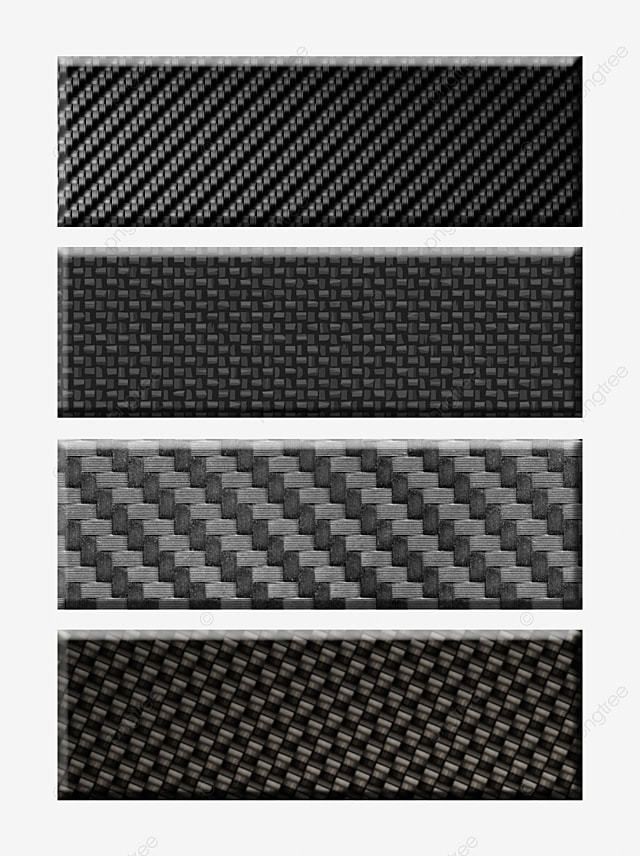
source: pinterest
Choosing the right weave pattern for a given car part is crucial to optimize its performance, weight, and appearance. When selecting a weave pattern, various factors such as weight, strength, durability, and cost must be taken into consideration.
- Weight
Choosing a lightweight weave pattern is essential for high-performance car parts where reduced weight can improve acceleration, handling, and fuel efficiency.
- Strength and Durability
For car parts that require greater strength, stiffness, and durability, a heavier, stronger weave pattern might be more appropriate.
- Cost Considerations
Cost is an important factor in weave pattern selection, as more complex weave patterns tend to be more expensive.
- Type of Car Part and Its Intended Function
Other factors such as the type of car part and its intended function may also influence weave pattern selection. For example, car parts such as hoods, fenders, and spoilers require a pattern that provides both strength and lightweight performance, while interior console parts may prioritize aesthetic quality over strength.
Conclusion

source: pinterest
Understanding different weave patterns is essential for selecting the best one to optimize performance, weight, and aesthetics in carbon fiber product design.
The future of carbon fiber in the automotive industry is exciting, promising to create cars that are safer, more fuel-efficient and even more visually appealing than ever before. As the use of carbon fiber continues to grow in the industry, understanding weave patterns will remain pivotal for creating innovative and stunning car parts.



